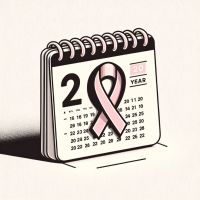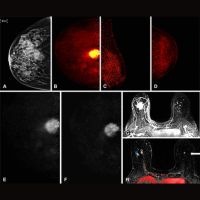A new large-scale analysis aims to describe the rate and timeliness of diagnostic resolution following an abnormal screening mammogram.
The data was identified in the American College of Radiology’s National Mammography Database, providing crucial insights that leaders can utilise as they endeavour to improve post-screening follow-up rates.
Out of the 2,874,310 screening mammograms that were flagged as abnormal, follow-up was recorded for 66.4% of them (n=1,909,326). Notably, lower follow-up rates were observed in specific demographic groups, including younger women (59.4% for those under 30 years and 63.2% for those aged 30-39 years), Black women (57.4%), American Indian women (59.5%), and women with no family history of breast cancer (63.0%).
Out of the 318,977 screening mammograms that were recalled and recommended for biopsy, 238,556 (74.8%) documented having undergone biopsies. It's worth noting that lower biopsy rates were observed in specific groups, such as older women (71.5% among those aged ≥80), Black women (71.5%), and American Indian women (52.2%).
On average, patients encountered a median duration of approximately three weeks from their initial evaluation to the biopsy, with extended waiting periods for older individuals (23 days), Black patients (25 days), those of mixed/other races (26 days), and Hispanic patients (23 days). The authors also emphasised that variations in delay were based on where individuals were treated. For example, this can be influenced by the type of healthcare facility, with rural facilities registering an average wait time of 24 days and community hospital-affiliated facilities recording 22 days.
Overall, there is variability in the rates and timeliness of diagnostic evaluation and biopsy following an abnormal screening mammogram. The findings demonstrated that specific groups of women and healthcare facilities would benefit from tailored interventions aimed at facilitating prompt diagnostic resolution and biopsy following an abnormal screening mammogram.
Source: Journal of the American College of Radiology
Image Credit: iStock



























